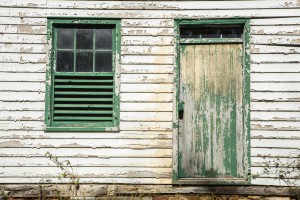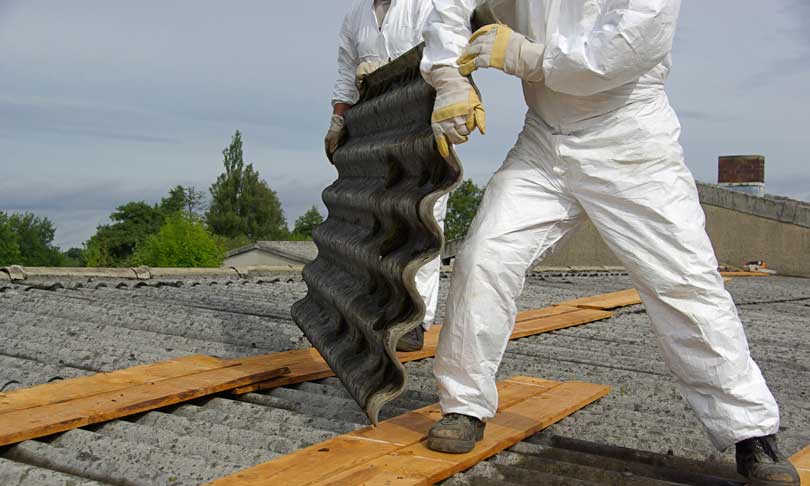
Method One: Removal
Some materials, like many metals, can be easily stripped of paint while retaining their durability. Chemically stripping such objects will keep the areas as free of lead dust as possible. However, these paint strippers are comprised of very harsh chemicals that can be hazardous to your health. This is why professional-grade ventilation and protection equipment is necessary at all steps of the process.
Method Two: Replacement
Smaller objects and inexpensive materials covered in lead paint can simply be replaced. For example, some older models of window blinds are dust-coated with a lead-based paint. Allowing professionals to remove these components ensures that the materials are properly disposed of without any paint chips being left behind. Other materials may require that the lead paint be wholly stripped before the component is removed to prevent lead dust from further contaminating the area. Professional expertise should be the ultimate deciding factor on the safest method of lead removal for the particular task at hand.
Method Three: Enclosure
Lead paint can be hermetically sealed off to prevent further exposure, especially if the area in question is not within view. If new drywall is placed over a wall that previously bore lead paint, extra care must be taken to ensure the paint is incapable of leeching out around the seams. Highly durable caulk must be injected around the edges of the new panel to create an airtight seal.
Method Four: Encapsulation
Professional grade encapsulating compounds provide effective barriers against lead paint, especially in smaller areas that will be left undisturbed, or that are impossible to replace. These compounds allow for safe painting over an old surface without worry of cracking or leeching.
Leave the Methods to the Pros
Purchasing the equipment and supplies necessary to eliminate the threat of lead in an older home can cost hundreds, if not thousands of dollars. Depending on the size of the job, it is also possible that a single worker removing lead could take weeks of labor. Leave the hazardous work to professionals who are not only well-prepared for the task, but extremely efficient to boot. Contact AQHI, Inc. with any questions you may have about the process or for an estimate on your project.










